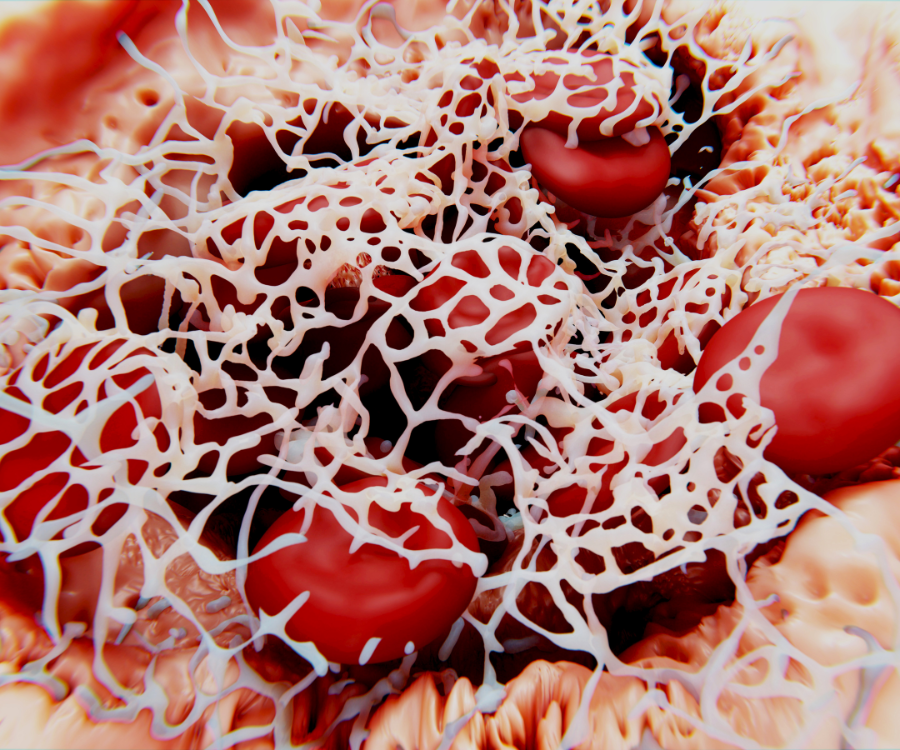Warning Signs: Recognizing the Potential Threat of Gangrene
Gangrene, the death of body tissue due to lack of blood flow, is a serious medical condition requiring immediate attention. While often associated with the extremities like fingers and toes, it can affect any part of the body. Early detection is crucial for successful treatment and minimizing complications. This blog aims to educate you on the warning signs that might indicate gangrene, urging you to seek medical help promptly.
Remember, this information is for educational purposes only and does not constitute medical advice. If you suspect gangrene, consult a healthcare professional immediately.
Key Signs of Gangrene:
- Discoloration: Affected skin often changes color, starting with paleness due to reduced blood flow. It progresses to red, then brown, and ultimately turns black or greenish-black as tissue dies.
- Temperature change: The affected area might feel colder than surrounding skin due to lack of blood circulation.
- Pain: While not always present, pain can range from dull aches to severe throbbing sensations. Don’t ignore any unusual discomfort.
- Swelling: Inflammation and fluid buildup can cause the affected area to appear puffy and swollen.
- Numbness or loss of sensation: Dead or dying tissue loses its ability to perceive touch, leading to numbness or tingling.
- Drainage: In some cases, foul-smelling pus or other fluids might ooze from the affected area, indicating an infection.
- Blisters: Fluid-filled blisters may form, and they might break open or turn dark and discolored.
- Sharp line of demarcation: In advanced stages, a clear line might separate healthy from dead tissue, appearing as a distinct border.
Additional factors to consider:
- Underlying conditions: Diabetes, peripheral artery disease, and compromised immune systems increase the risk of gangrene.
- Recent injuries: Wounds, burns, or frostbite can create entry points for infection and trigger gangrene.
- Sudden changes: Worsening symptoms like rapid discoloration, increased pain, or foul odor demand immediate medical attention.
Remember: Early diagnosis and treatment are crucial to prevent tissue loss, amputation, and potentially life-threatening complications. If you experience any of these signs, do not hesitate to seek immediate medical attention. A healthcare professional can accurately diagnose the cause, determine the type of gangrene, and recommend the most effective treatment plan for your specific case.




